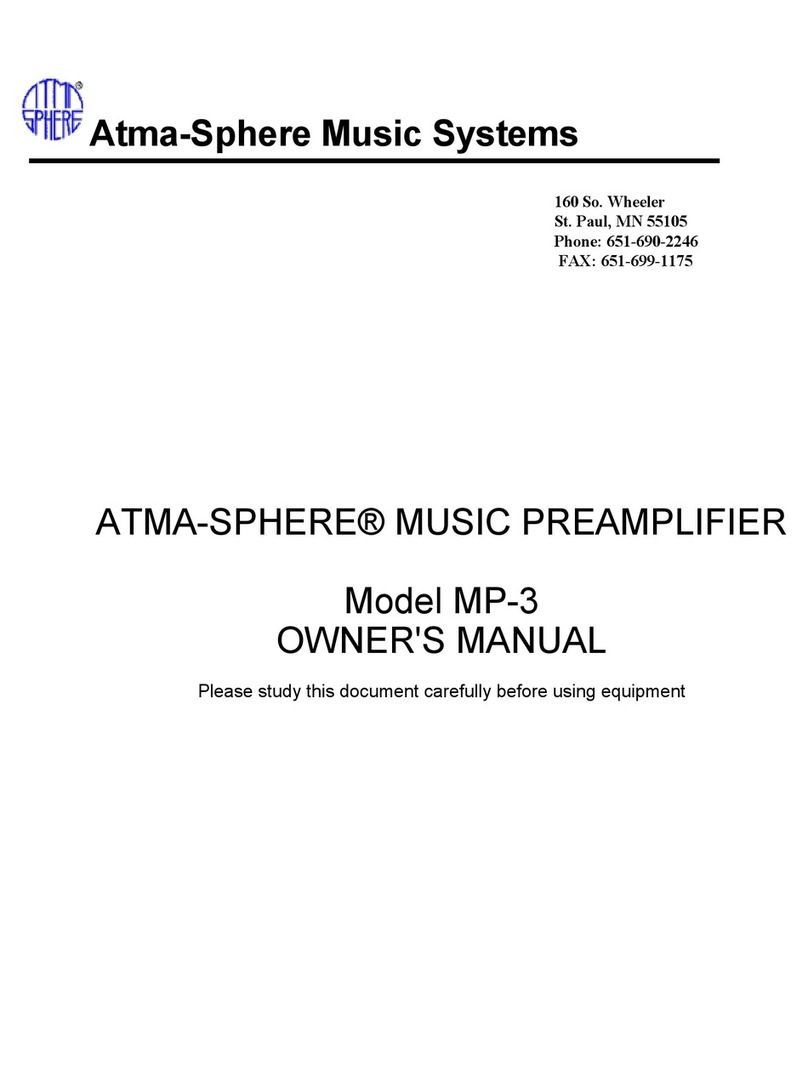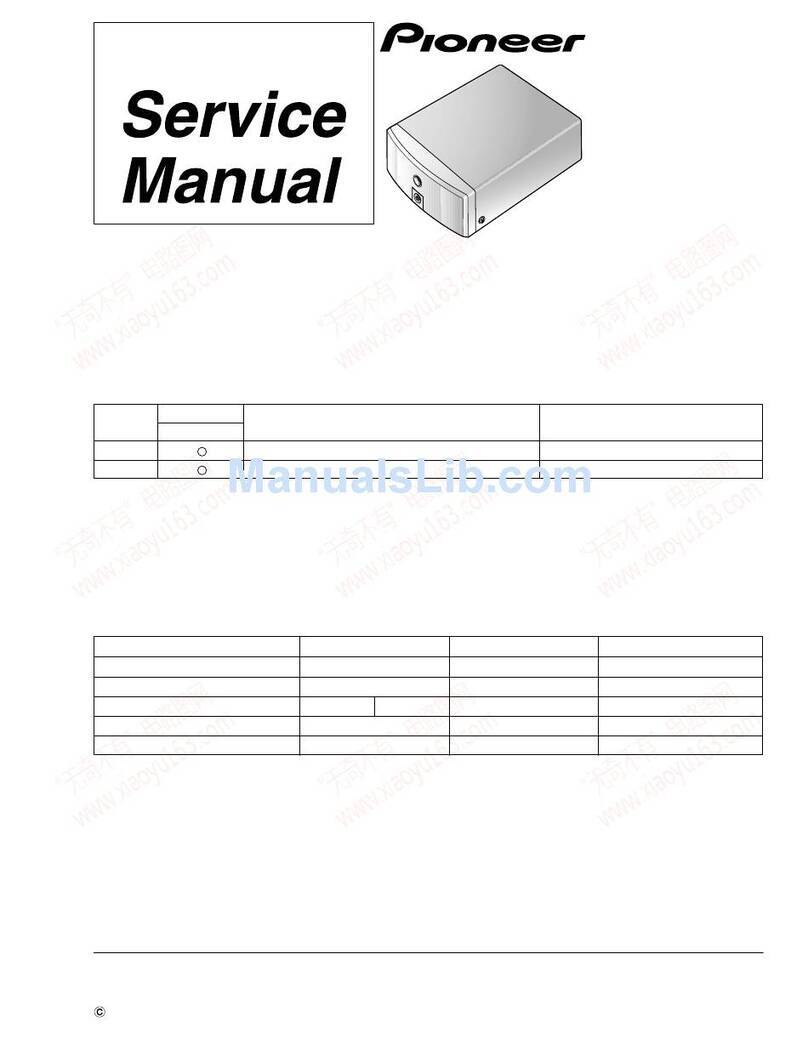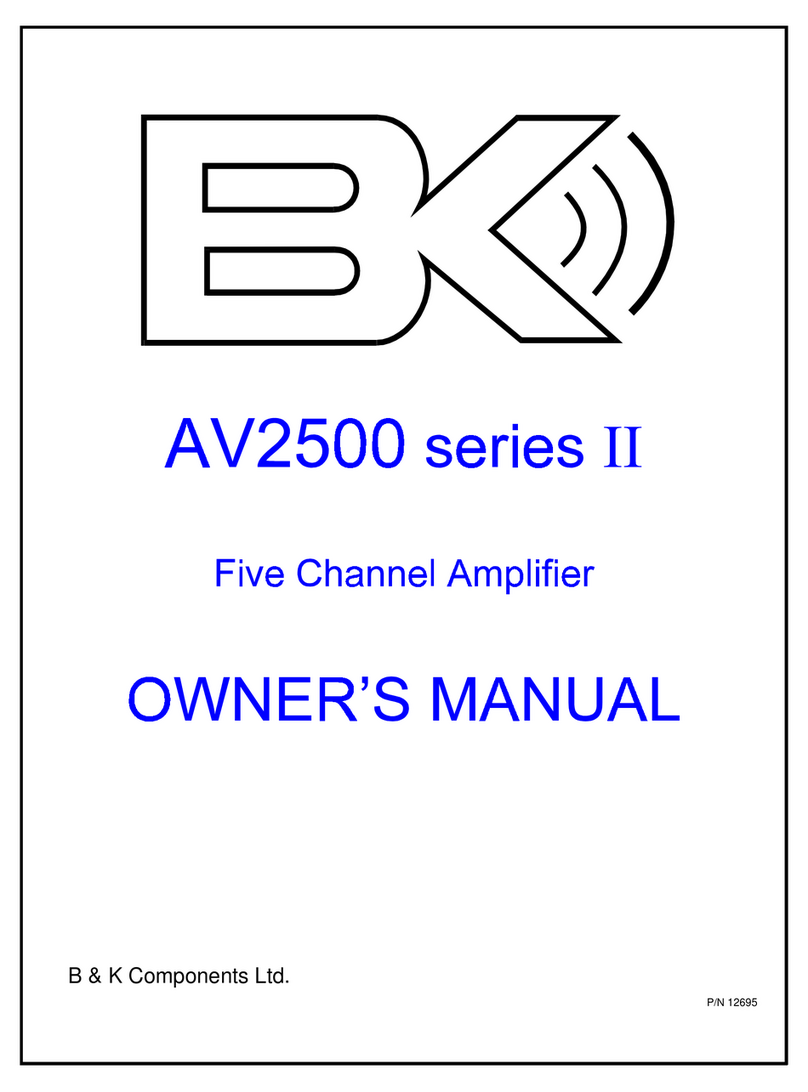Electronics & Innovation 411LA User manual












Table of contents
Other Electronics & Innovation Amplifier manuals
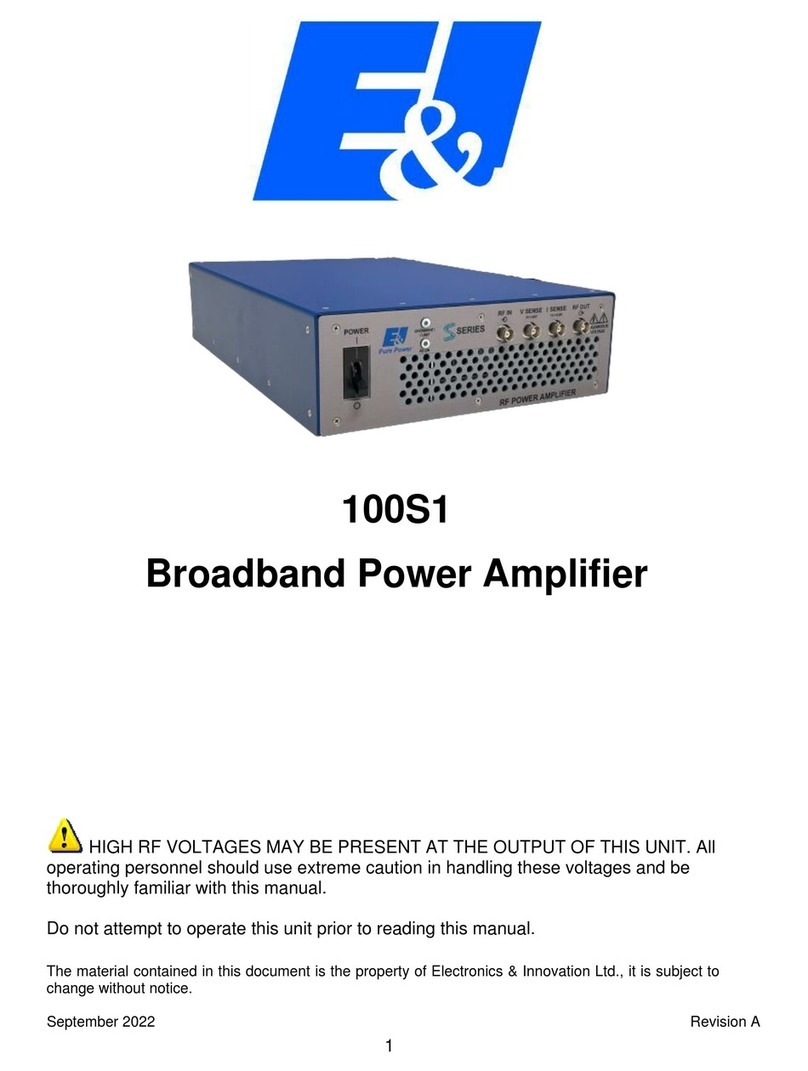
Electronics & Innovation
Electronics & Innovation 100S1 User manual
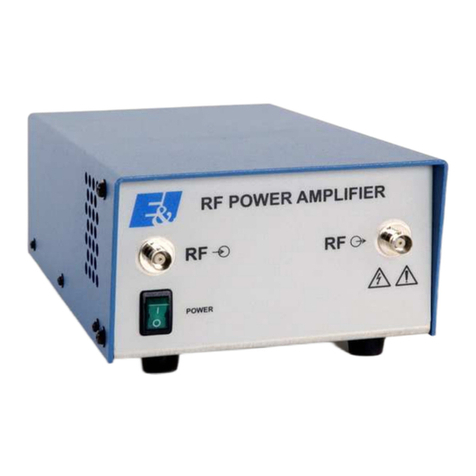
Electronics & Innovation
Electronics & Innovation 403LA User manual

Electronics & Innovation
Electronics & Innovation 601L User manual
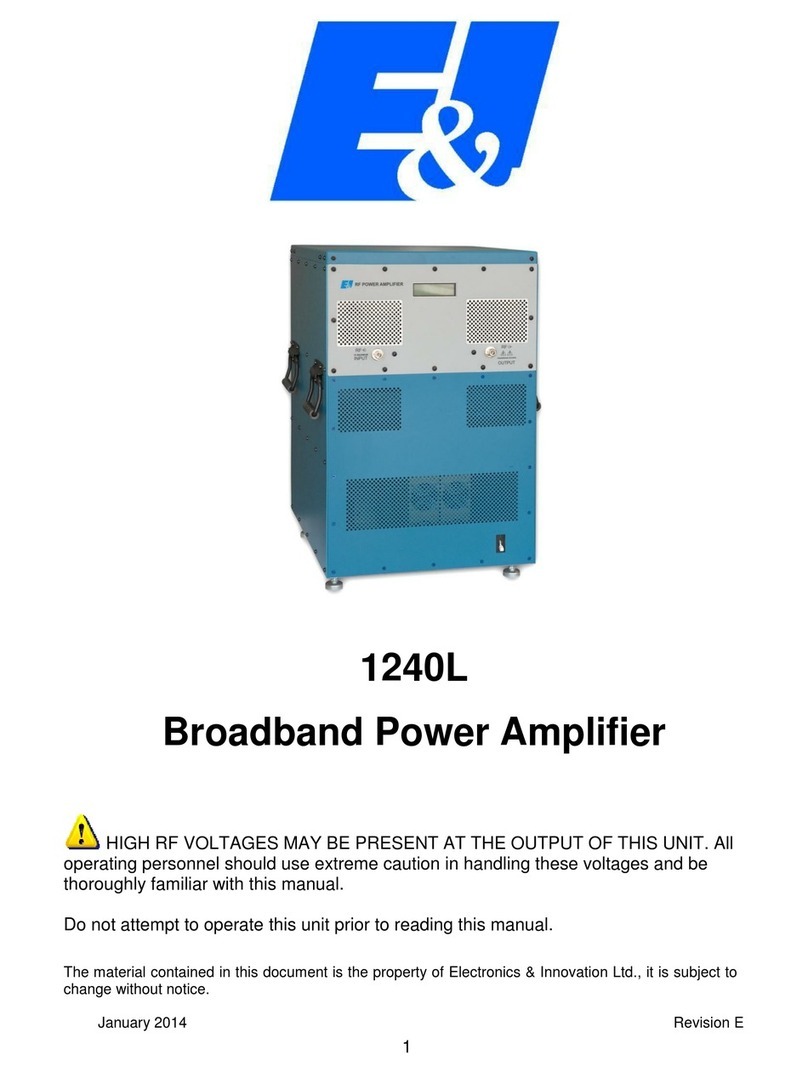
Electronics & Innovation
Electronics & Innovation 1240L User manual
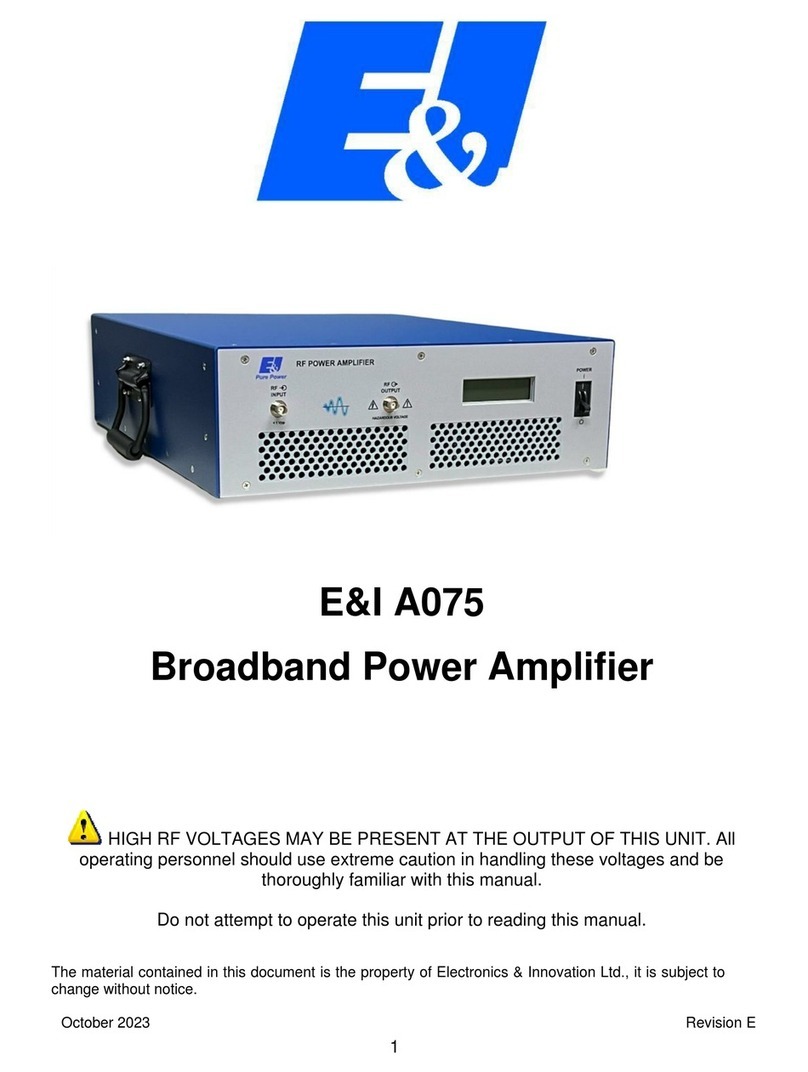
Electronics & Innovation
Electronics & Innovation A075 User manual

Electronics & Innovation
Electronics & Innovation 500S06 User manual
Popular Amplifier manuals by other brands
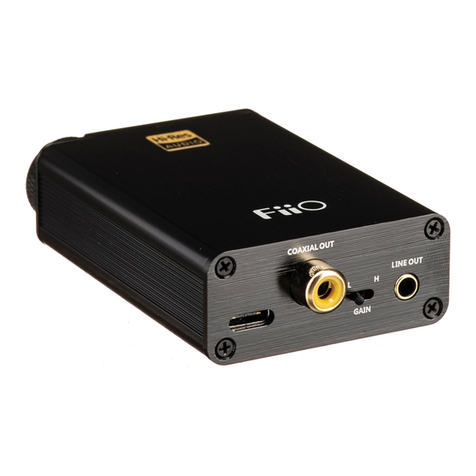
Fiio
Fiio E10K-TC quick start guide
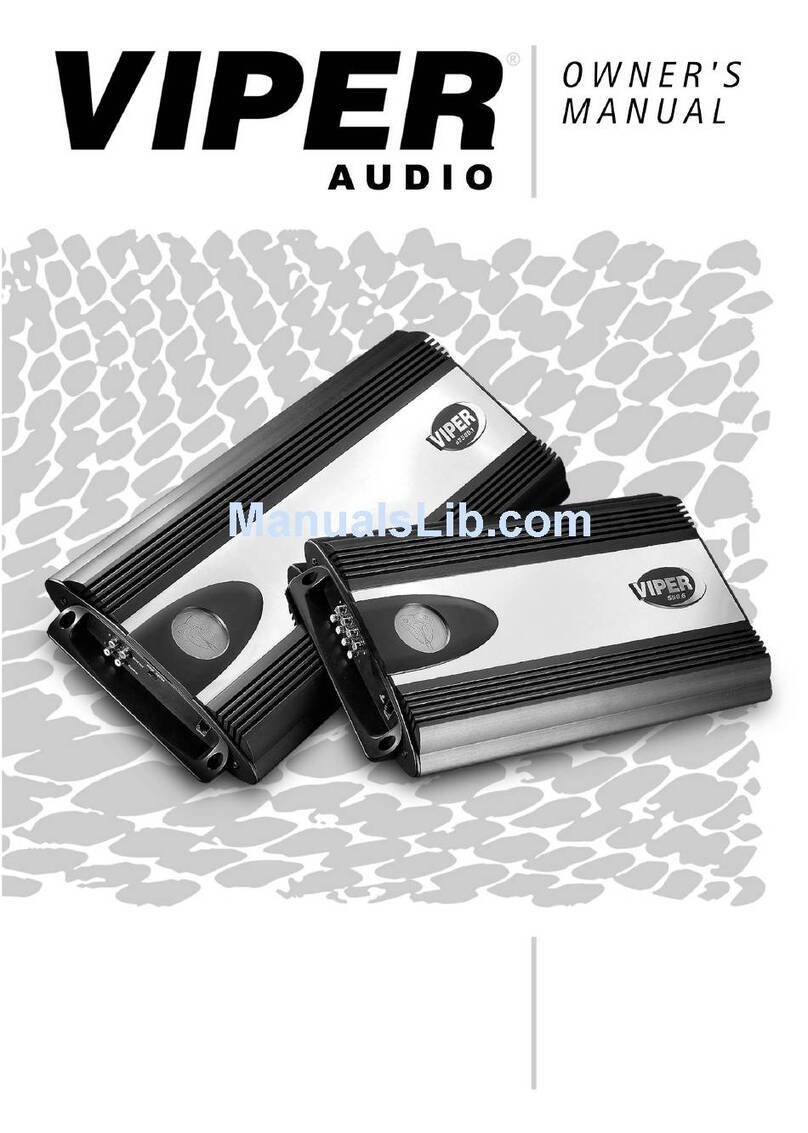
Directed Electronics
Directed Electronics 64601910 d2500.1 owner's manual
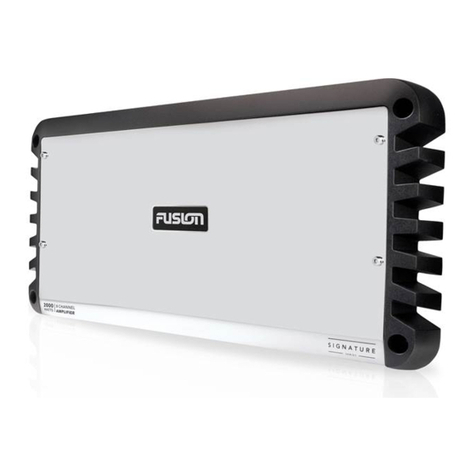
Fusion
Fusion SG-DA82000 installation instructions
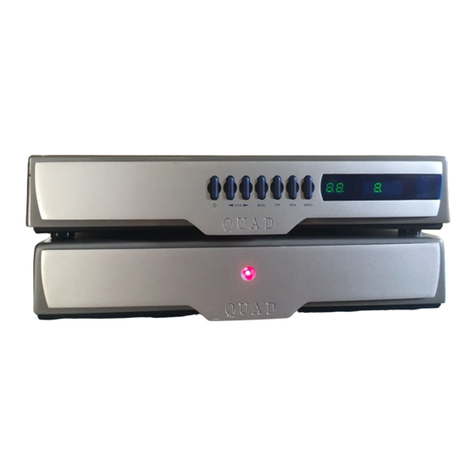
QUAD
QUAD 99 Stereo Power Amplifier Service manual

Roland
Roland CB-20XL Training guide
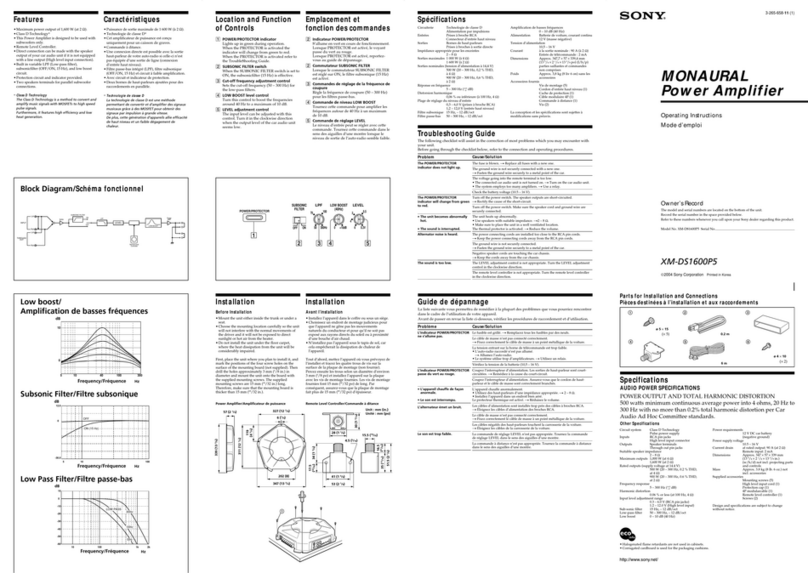
Sony
Sony XM-DS1600P5 Operating & Mounting operating instructions
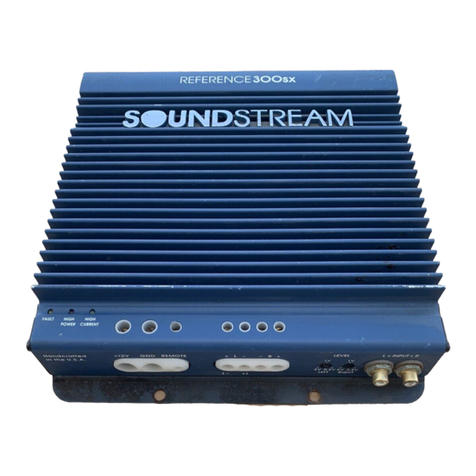
Soundstream
Soundstream REFERENCE 300SX Owner's manual and installation guide
Soundstream
Soundstream Rubicon RUB-Angina Owner's manual and installation guide
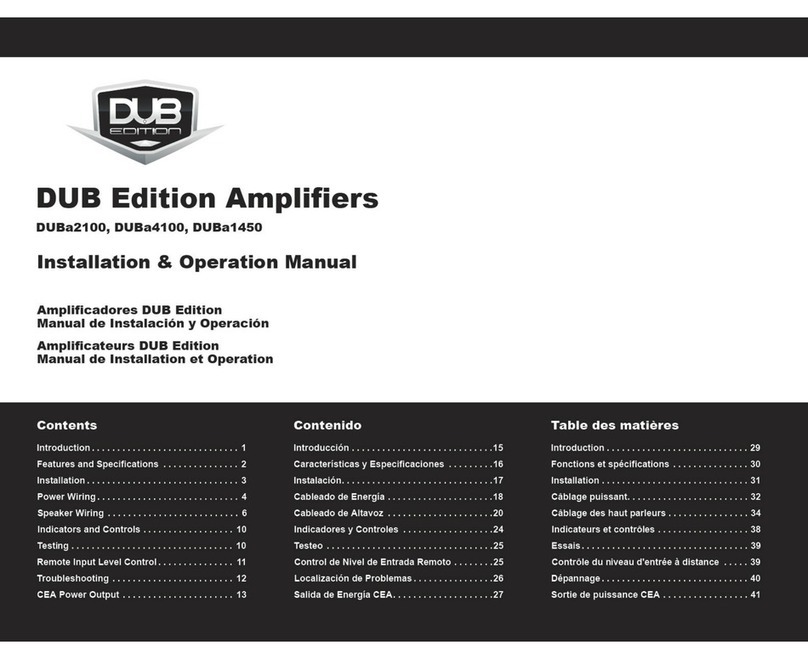
DUB Edition
DUB Edition DUBa2100 Installation and operation manual
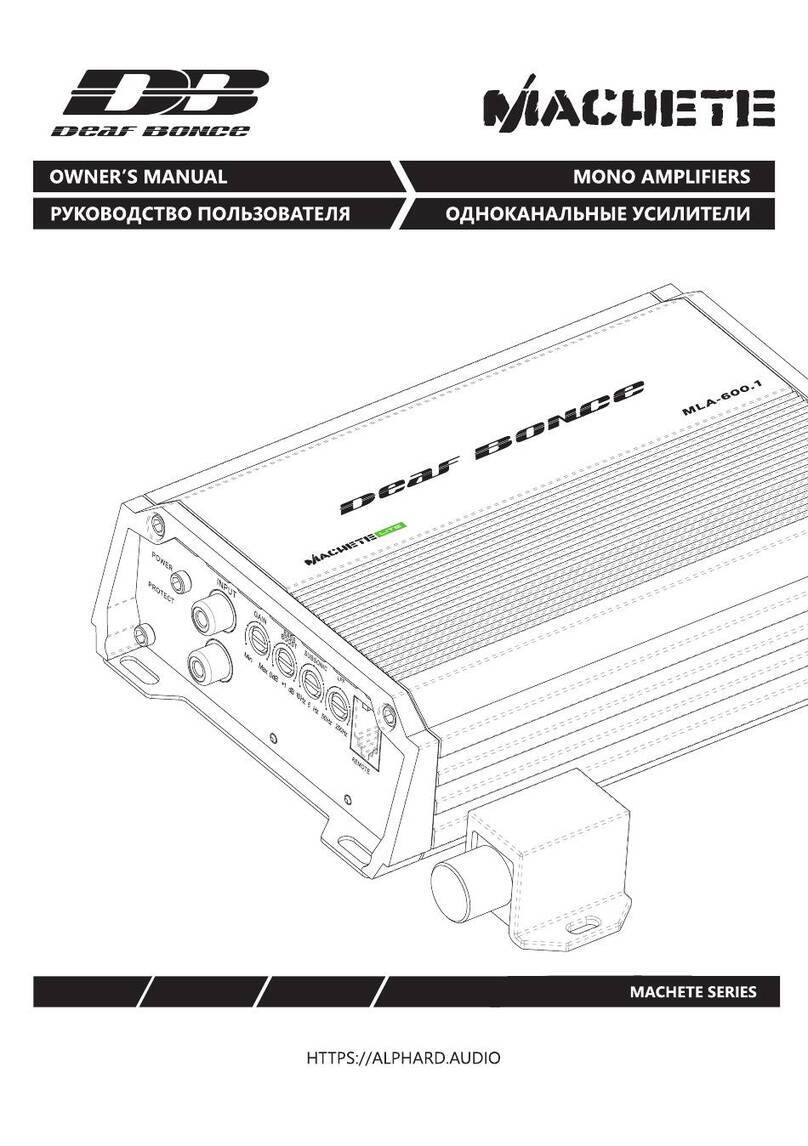
Deaf Bonce
Deaf Bonce Machete series owner's manual
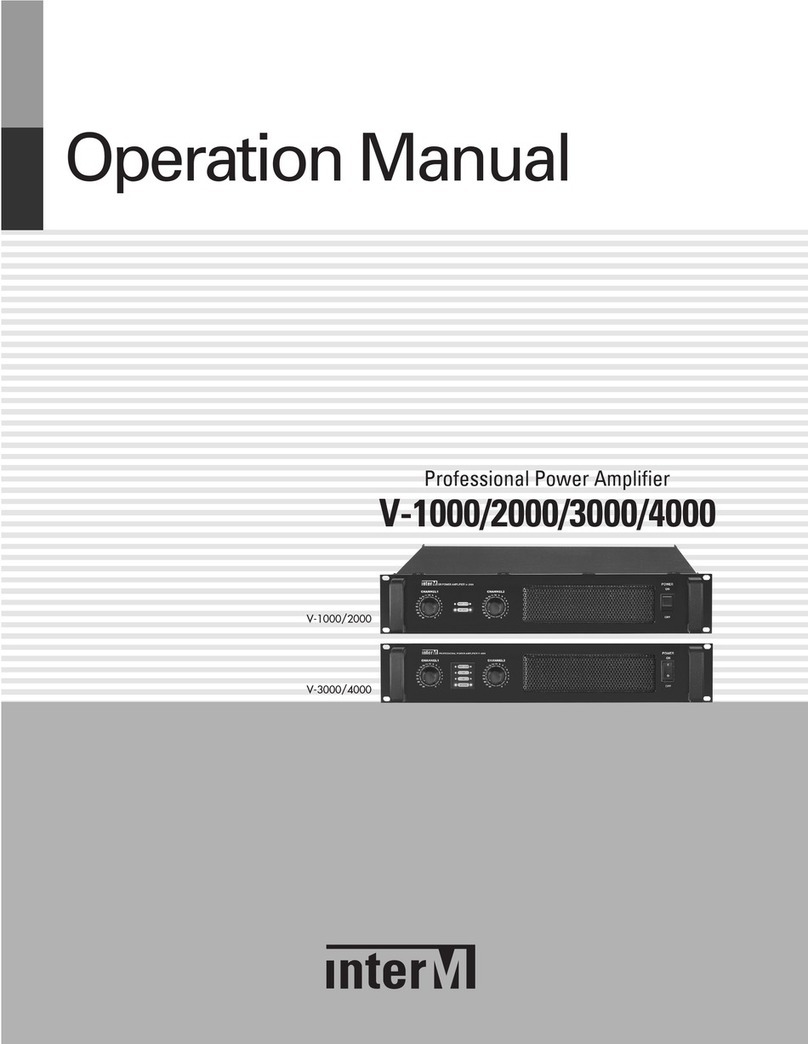
Inter-m
Inter-m V-1000 Operation manual
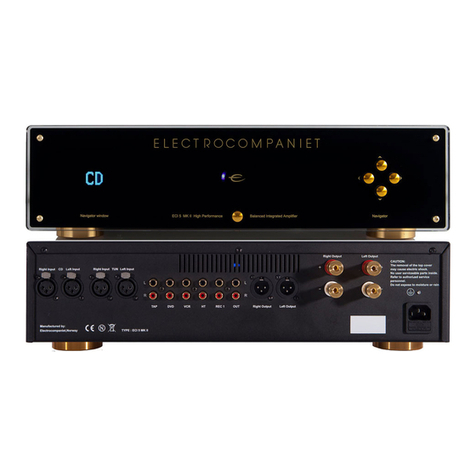
ELECTROCOMPANIET
ELECTROCOMPANIET ECI 5 MKII owner's manual

